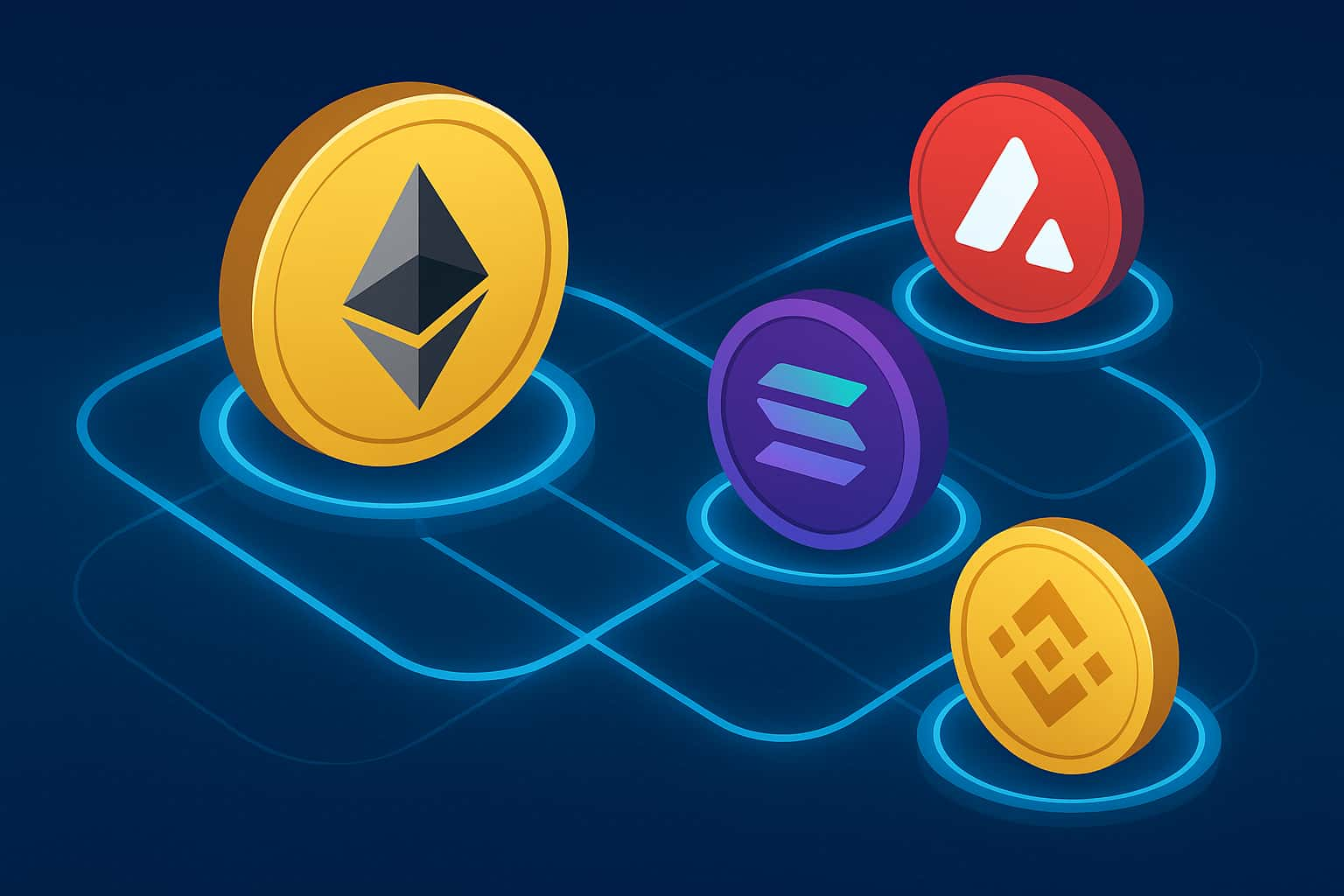Proof-of-Stake Basics:
Validators post stake to join consensus, earn rewards for uptime and correctness, and face slashing for faults.
A Complete Business Guide

DeFi staking lets token holders support a proof-of-stake network and earn rewards. Holders lock or delegate tokens to validators. Validators propose blocks and attest to transactions. Protocols pay rewards for correct work and penalize failures. Slashing discourages negligence or malicious activity. It aligns user incentives with protocol health.
Validators post stake to join consensus, earn rewards for uptime and correctness, and face slashing for faults.
Non-delegated: You run the validator, manage keys and uptime, and capture full rewards minus penalties.
Delegated: You assign stake to an operator without surrendering ownership; you pay a commission and assume operator performance risk.
Pools aggregate smaller stakes to meet thresholds, diversify operators, and smooth reward variance; review fees, SLAs, and slashing cover.
Protocols issue a receipt token that represents the staked position plus rewards, enabling secondary liquidity and DeFi composability.
Redundancy, client diversity, and real-time monitoring reduce downtime and slashing exposure.
Native staking on chains like Ethereum, Solana, Cardano, Polkadot, and Avalanche; each defines activation, rewards, unbonding, and penalties.
Professional operators run validators for a commission; evaluate uptime history, incident playbooks, key custody, and governance posture.
Exchanges simplify onboarding but add counterparty and policy risk; on-chain routes preserve transparency and self-custody.
Tokens such as stETH or rETH unlock capital efficiency; assess oracle design, operator decentralization, fee structure, and exit queues.
The former pays from issuance and fees at the base protocol; farming stacks incentives across protocols and adds complexity and risk.
Ethereum’s proof-of-stake model pays validators for proposals and attestations while enforcing slashing for severe faults. Users can stake natively, delegate through pooled validators, or opt for liquid staking. Institution-grade flows prefer segregated withdrawal credentials, client diversity, and transparent operator policies.
Solana targets high throughput with leader scheduling and aggressive latency goals; operator quality and hardware matter. Polkadot’s nominator-validator design requires slashing awareness and pool selection discipline. Cardano uses stake pools and epoch-based accounting with a predictable reward cadence. Avalanche rewards uptime and stake with subnet opportunities for specialized use cases. Across all, judge client diversity, historical incidents, and community transparency.
These protocols pool deposits across many operators and issue liquid receipts. Compare fee structures, validator onboarding requirements, treasury disclosures, emergency procedures, and DAO governance. Favor diversified operator sets, audited contracts, and clear exit mechanics.
Exchanges simplify UX and reporting but centralize custody and policy risks. They may suit retail convenience or narrow operational cases. For treasuries, on-chain or enterprise SaaS models often align better with risk, governance, and audit needs.
Rewards come from new issuance, transaction fees, or both. Issuance incentivizes early security. Fee-based models scale with network usage. Some protocols adjust rates with active stake or participation. Rewards accrue per epoch or slot. Documentation defines exact formulas and target yields.
APR shows simple annualized rewards. APY compounds rewards over time. DeFi dashboards often quote APY with assumed reinvestment. Confirm compounding frequency and fee treatment. Compare net yields across providers using identical assumptions.
High inflation pushes headline yields upward. Large unlocks can pressure prices and real returns. Fee-driven models align rewards with network adoption. Tail emissions can stabilize long-term incentives. Token sinks, burns, and utility demand support sustainable yields.
Ethereum ties rewards to active validators and participation. Polkadot aligns rewards with network stake and pool behavior. Cardano uses a parameterized distribution per epoch. Avalanche rewards validators by uptime and stake amount. Solana distributes inflation rewards with leader scheduling. Verify live parameters before modeling returns.
Use long-term staking to compound and signal conviction; keep a flexible sleeve for upgrades and stress events.
Spread stake across chains, operators, clients, and geographies; avoid single points of failure.
Deploy LSDs for liquidity, hedging, and basis trades; cap exposure by oracle model, exit queues, and market depth.
Reuse staked assets to secure additional services; increase yield while managing correlated slashing risk.
Treat rewards as income in many jurisdictions; automate ledgers with on-chain proofs and preserve audit trails.
More chains, deeper secondary markets, stricter governance
Segregated keys, SLAs, and audit trails as table stakes
Shared security models and new attack surfaces
Automated validator rotation and LSD basket rebalancing
Promotions, custody, and licensing will be standardized
The Merge placed staking at Ethereum’s core and established a durable reward path for validators and delegators. Withdrawals improved confidence in liquidity management without undermining security. Client diversity and slashing rules maintained safety. Adoption accelerated as tooling matured, showing how transparency and reliability drive participation.
Lido popularized liquid staking on Ethereum by pooling across many operators and issuing stETH. The token became widely used collateral across DeFi. Governance later prioritized operator decentralization, risk committees, and clearer exit paths. The lesson: liquidity network effects are powerful, yet they demand robust governance, oracle design, and stress-tested redemption flows.
Solana’s validator community worked through outages by diversifying clients, improving observability, and tightening operational standards. Incentives now reward sustained uptime and reliability. The outcome shows that rapid iteration plus public incident learning can strengthen validator ecosystems over time.
Common questions and answers about DeFi Staking, their implementation, and practical considerations for businesses and developers.

By using this site, you allow our use of cookies. For more information on the cookies we use and how to delete or block them, please read our cookie notice.
We would love to
hear from you!


Innovate with confidence!


